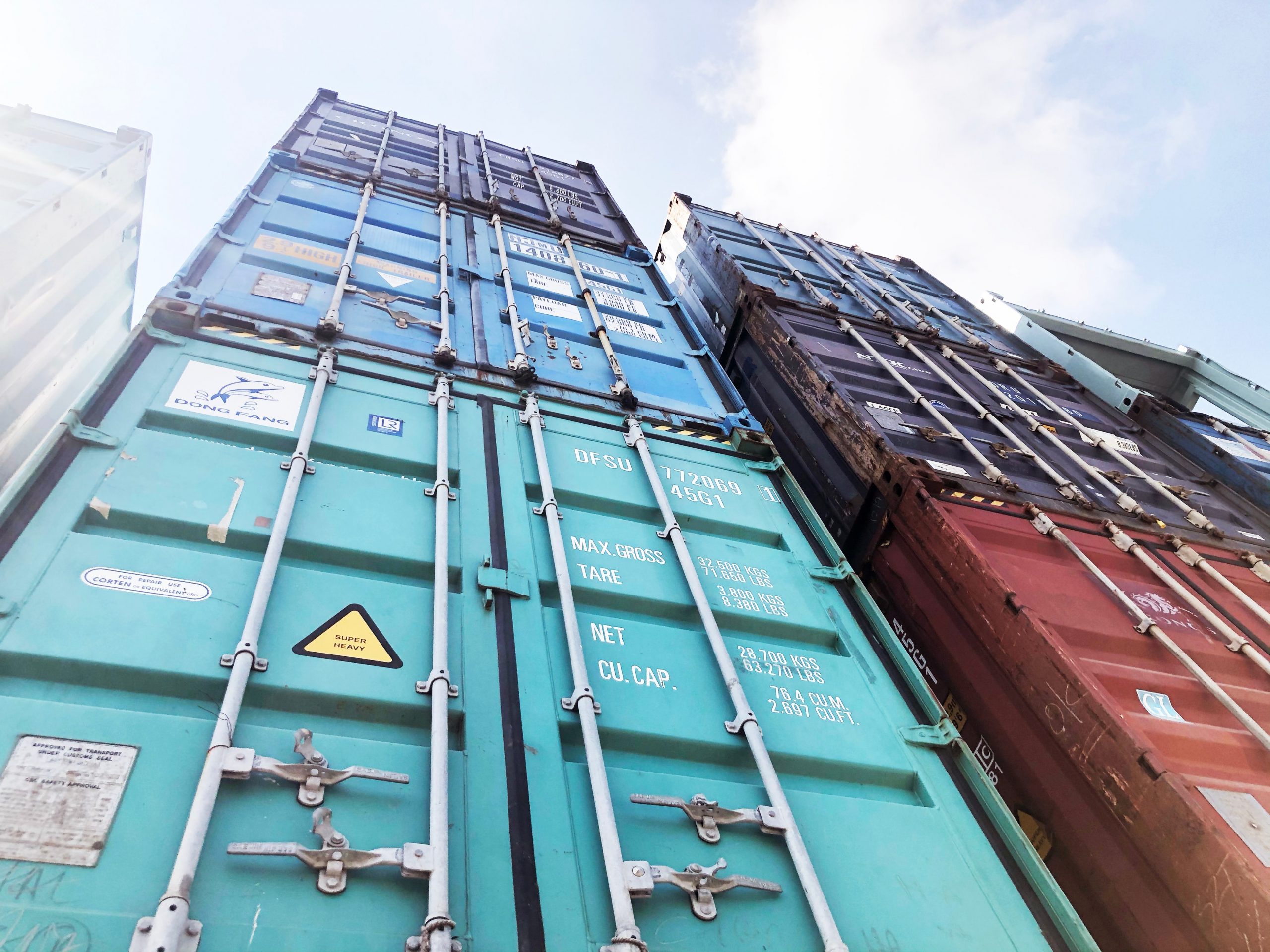Perishable cargo may be defined as goods that can deteriorate if not stored or transported under ideal circumstances or if exposed to adverse temperature, humidity and other environmental conditions..
Examples of perishable cargo are Fruits, Vegetables, Meat, Dairy etc..

Perishable cargoes are shipped in Reefer Containers (refrigerated containers) which are specialised containers that have been made for the purpose of carriage of perishable cargo..
Reefer containers have an operating range between -30°C to +30°C (-22°F-86°F) and are designed to maintain these temperatures, irrespective of the outside temperatures..
In this day and age, the superior technology in the reefer containers allow for the perishable cargo to stay fresh for longer and be delivered at the best quality to the destination..
But reefer containers could also pose a big problem in terms of cargo damages and cargo claims due to various factors. This places greater attention on the correct and proper packing, handling and monitoring of both the perishable cargo and the reefer container..
As per CHUBB, the majority of insurance claims they have received for perishable cargo have been found to be due to these 3 main issues:
-
-
-
-
-
- Confusion over Celsius and Fahrenheit
- Poor communication of the shipping requirements
- Failure to monitor or plug in the cargo transport unit throughout its journey
-
-
-
-
While these are seemingly simple errors, such simple errors could lead to some of the most expensive claims..
Here are a few precautions that you can take to avoid problems in shipping perishable cargo in a reefer container whether you are a shipper or a carrier..
As a shipper
1) It is your prime responsibility to ensure that the specific instructions and requirements for the packing and transportation of your cargo is communicated to everyone involved in the shipment of your cargo..
If you have any doubt on the correct methods, you should refer to the IMO/ILO/UNECE Code of Practice for Packing of Cargo Transport Units (CTU Code)..

2) If you are using a LSP (Logistics Services Provider) like a freight forwarder to manage your entire cargo movement process, you need to make sure that your LSP has a sound and detailed understanding of your product, its specific requirements in terms of packing, storage, temperature, and most importantly the specific problems related to this product.
3) Shippers need to be aware of specific requirements at the destination country because for some cargoes, temperatures are prescribed by the country receiving the goods. Such intricate details must be handled correctly and also advised to the carrier before the shipment commences.
4) When communicating requirements such as set temperature etc to the service providers, it may be prudent to use full forms or words instead of abbreviations or symbols.
For example, set temperature can be written as Minus 5 Deg Celsius instead of -5 Deg C..These days most of the instructions may be sent from a computer or a phone and if you look at the QWERTY keyboard closely, C for Celsius and F for Fahrenheit are literally one above the other which is too close for comfort and a mistake in typing could quite literally upset the apple cart for you..

5) Check that the container that you receive from the carrier is in the best condition for your product.. Make sure below critical areas are checked before packing
- Container has been pre-cooled to the required temperature;
- It is in a clean and good condition free of odor and damages (both inside and out);
- The door gasket closes and seals correctly and that the container’s floor and grooves are clean and unobstructed;
- The temperature, humidity and vent settings that you require have been adhered to;
- Damage to the internal vents can affect the efficiency of air flow through the reefer container which in turn can result in the container failing to reach the set point temperature..
6) Ensure that you know ALL the characteristics of your product such as:
- What type of perishable is it;
- How it must be packaged;
- How it must be shipped – as fresh, chilled or frozen;
- What issues could affect the condition of the goods (condensation etc)
7) Discuss with your logistics provider on their contingency plan such as alternative route or transport mode in case of any emergencies..
8) Understand airflow and cargo stowage methods and how the packing needs to be done for Fresh, Chilled and Frozen cargoes.. If you have a doubt about this, you can seek the assistance from the carrier that you are using..
9) Use a reliable reefer cargo service provider to monitor the packing, movement and shipment of your perishable cargo.
Even after all above precautions if something does go wrong in the transportation of perishable cargo in reefer containers, the important point to remember is that time is of the essence and a remedial solution needs to be sought immediately..
One of these solutions could be the appointment of a perishable cargo expert to assess the damage to the cargo.. Early intervention may assist dramatically in mitigating your loss and assist in at least a portion of the cargo being either accepted or saved..
There are also specialist service providers who are able to perform micro-biological analysis on the perishable cargo to determine whether or not it is safe for consumption..
What precautions do you take when shipping your perishable cargo in reefer containers..??


